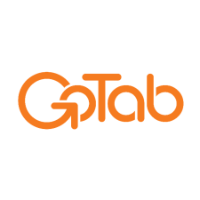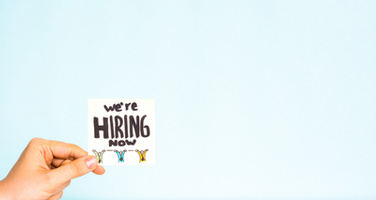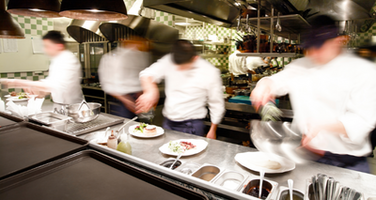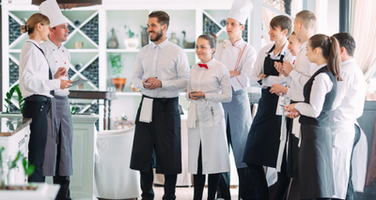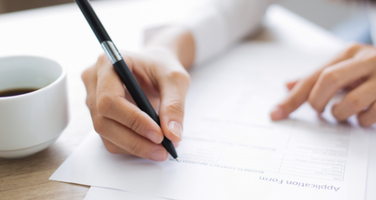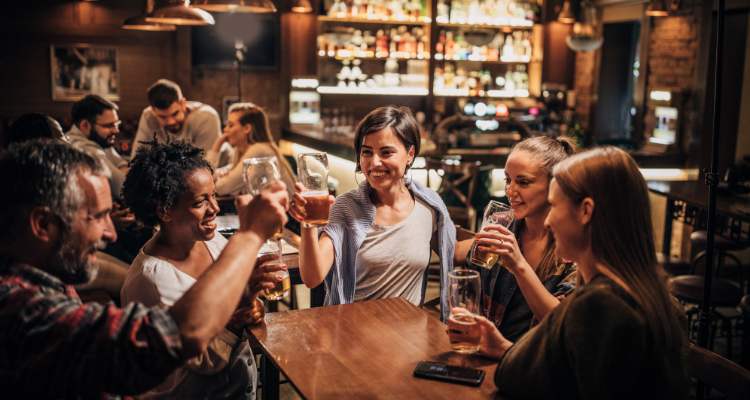
The first dynamic is obvious and a good thing. Consumers across the nation are returning to dining and entertainment venues in large numbers. They’re eager to make up for lost experiences. They’re longing to get back to carefree time with family and friends, and face-to-face interactions over food and drinks with colleagues and business partners. Hospitality operators are working diligently to “be there” for their returning guests. They want to assure guests that they’re open and ready to deliver the same high quality and attentive service as before.
The second dynamic is also obvious, and is a continued area of concern in the industry. The two largest expenses in hospitality – labor and food – are growing steadily, with no line of sight to when prices will stabilize. While many hospitality employees have returned to work, employment in the sector is still not at pre-pandemic levels[1]. In an industry with perennial labor challenges, it’s difficult to know when full employment will return. Labor shortages are driving up costs. Compounding increased labor costs, key food, beverage and energy inputs are at decades-long highs.
Something’s Gotta Give. Analyzing the first two dynamics, it’s clear that the old economics of hospitality service won’t work long-term. There’s just no way that “business as usual” makes economic sense. That means operators need to look for new ways to serve guests while keeping their costs under control. At the same time, they need to create an environment that attracts talent by offering prospective employees higher wages and meaningful work.
The third dynamic offers a way forward as we manage through the first two. By using mobile order & pay-at-table technology, operators can give guests more control in the hospitality experience, unlock higher sales, reduce operating costs, and provide their employees a more rewarding work experience. In this report, we’ll show you how. We’ll also share new data on adoption of mobile order & pay-at-table solutions, as well as real-life examples of how the technology is transforming hospitality service delivery.
Why should operators care? Operators who adapt their service model using mobile order & pay-at-table solutions achieve an average:
● 35%+ Higher Check Sizes
● 25% Faster Table Turns
● 30%+ Labor Efficiency
In spite of these results three mistaken beliefs continue to hold many operators back from transitioning to technology-enabled guest service models. These beliefs may have been accurate prior to the pandemic, but can no longer hold sway as operators confront the new dynamics of hospitality service.
1. Dine-in guests prefer ordering from servers over ordering from their phones
2. Changing to mobile-enabled service hurts sales
3. Service is about people; technology takes away from that; guests will feel ignored; staff will feel replaced
In our 2022 State of Service Survey, we share results of an online survey of U.S. adults who have worked in restaurants during the last two years. We asked a series of questions about the service models they’ve experienced over the past two years, and how they believe consumer preferences have evolved related to mobile order & pay-at-table solutions, communication, feedback and customer reviews and kitchen operations.
Our results share key insights on restaurant industry perceptions of the past two years and a roadmap for how to move forward.
When given a range of choices for ways to help their employees be more efficient, from mobile order & pay, to 2-way communications with staff, 40.6% of respondents said they’re doing “None of the Above”.
That’s stunning given the staffing shortage and how difficult it is for employees that show up.
There’s an easier way to help your servers be more efficient. The average server spends too much time on mundane tasks that guests would be willing to do for themselves. The sad reality is that servers know it. That doesn’t make for a very fulfilling experience for employees or guests.
What’s more, for guests, every time they have to stop enjoying their meal or their drink to get help or ask or answer a question, you introduce frustration and threaten spoiling the experience.
Where’s the Pain?
- My table is ready and I opened a tab at the bar. Wait … I have to close my tab out first?
- I’m enjoying my conversation with friends and family. Wait … the server’s shift is ending so I need to close out the tab.
- I’m ready to go … in fact I’m late for my show. Wait … I can’t leave until I get the server’s attention.
- I’m dining with friends and we asked for a split check. Wait … gotta pull out the calculator because the server brought one check.
Less than 30 percent of survey respondents indicated that they offer guests a way to place an order on their phone. There's a huge opportunity to reduce server workloads and give guests what they want when they want it using mobile order & pay at table solutions. What’s more, by offering guests multiple options, including through a traditional server, you’re able to ensure that you are meeting your guests’ needs in the format they prefer. Consumers who’ve been accustomed to ordering online for the last two years will barely balk if you can provide them a high-quality mobile ordering experience in-venue.
Guests will do the work for you. Empowered guests get faster/better service
With the right mobile order and pay-at-table solution, you can:
- Make it easy for guests to browse and find what they want
- Make it easy for guests to order and reorder what they want
- Give guests a simple way to get help and ask questions
- Help your staff be more efficient and add more value to the guests
Of those respondents who believe their guests experience any service gaps, the most common issue cited is “No one is around when they have a problem.” While we won’t argue with our own data – 45.50% indicated their guests experience no service gaps at all – anyone who’s dined out in the last 6 months has likely experienced every one of the gaps we identify in a single visit!
The average respondent, almost 50%, says it takes more than 5 minutes for a guest in their venue to order and receive their first round.
Think about the time to deliver the first round of drinks, alcohol or non-alcohol. From a guest standpoint, it’s important to note that the drink order is by no means the beginning of their journey. In fact, it’s near the end when factoring in the entire guest.
When considering the full guest journey, more than 5 minutes is quite a lot of time. With mobile order and pay-a-table solutions, you can eliminate that service lag. Guests get to order as soon as they’re seated. So your busy staff don’t have to sweat it. And your guests get to take control of their experience from the very start.
There is an easy button. Being busy is not the same as being profitable; in fact, at peak times you could be losing more money than when you’re slow. How? There are many ways to leak profit, and it’s not just the obvious ways like theft and spoilage.
One of the easiest ways to increase a check average is to offer an up-sell. But nearly 40 percent of our respondents say they never, or rarely, offer their guests a second round. It’s easy to be candid in an anonymous survey – note that we think the 60+% who say they always upsell could be overselling their upsell habits too. But those ~40% of reported “under-sellers” could be costing you profit.
One of the beauties of mobile order and pay-at-table solutions is the ease at which guests can submit orders, add modifiers, and reorder, without ever having to flag down a server.
That works for servers too. Servers doing a table touch with GoTab can easily add to a guest-opened tab.
For a well run operation that is using QR codes, the average tab with QRs exceeds the non QR tabs by almost 40 percent. And you don’t have to sacrifice the customer experience.
“Feedback is the Breakfast of Champions”[1]. We’ve all heard the saying. Guest feedback is a powerful driver of continuous improvement in hospitality service. Operators that take advantage of mobile order and pay-at-table solutions get to capture feedback in the moment, when they can actually do something about it. Just under 25 percent of respondents collect feedback from guests while they are in-venue. Fewer, 14.9 percent, let guests message staff via SMS while on premise. Unfortunately, 40 percent say they rely exclusively on external platforms to get guest feedback.
With mobile order and pay-at-table solutions, guests can get feedback and support in real-time. Which means you can circumvent those pesky negative reviews. Getting a daily download of real-life first-party guest experiences, rather than anonymous online ones, can give you valuable insights into your operations. Using that data, you can quickly diagnose and resolve service and quality issues.
Modify your service model. How are you adapting to the realities of rising labor, commodity and rent costs? Can price increases alone compensate for these costs?
It’s not all or nothing. Consider giving your guests options - order through a server (POS) and through their phone; check-out through a server and through their phone; add to their tab through a server and through their phone.

